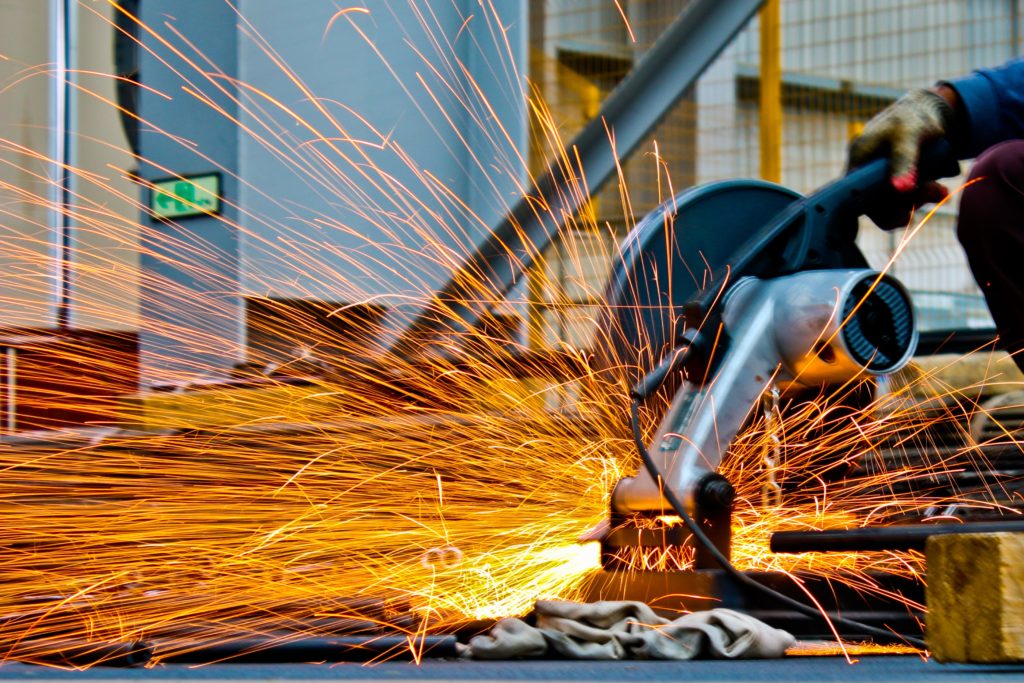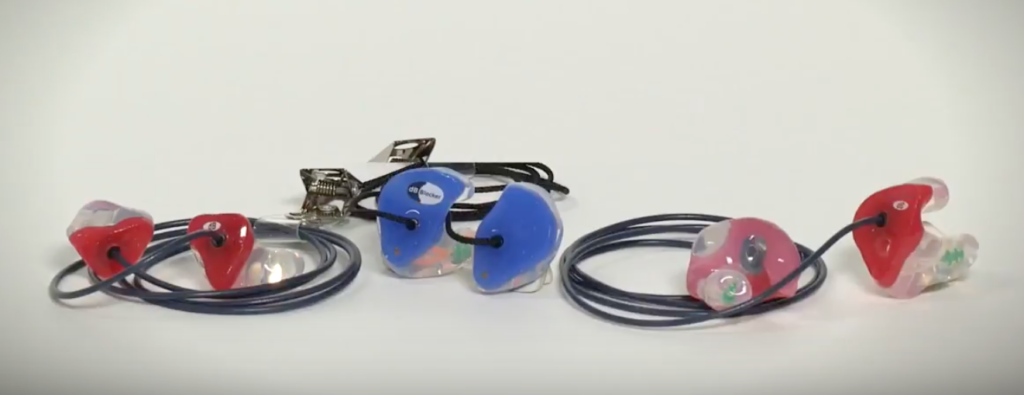Holiday Safe Listening: Noisy Technology, Toys and Places
Between new technology gifts (used with earbuds or headphones), noisy toys, and loud holiday parties and concerts, the holiday season brings welcome revelry but also a lot of noise.
Read on for more information—and download and share these resources with your family, friends, and clients/patients to help encourage the public to protect their hearing.
Safe Listening Tips: Holiday Gifts and Hearing Protection
Buying a tech gift for your child this holiday season? More than 1 billion young people worldwide are at risk of developing hearing loss due to unsafe listening practices from noisy technology and leisure settings. The American Speech-Language-Hearing Association offers three easy tips to teach safe listening and help kids protect their hearing.




















